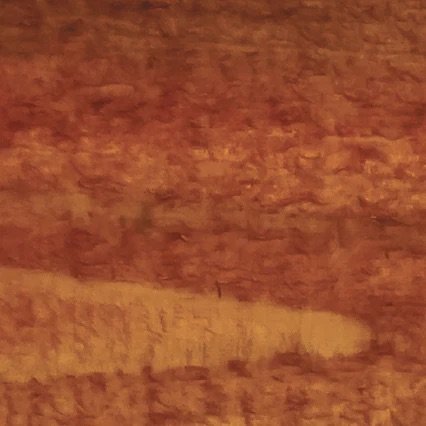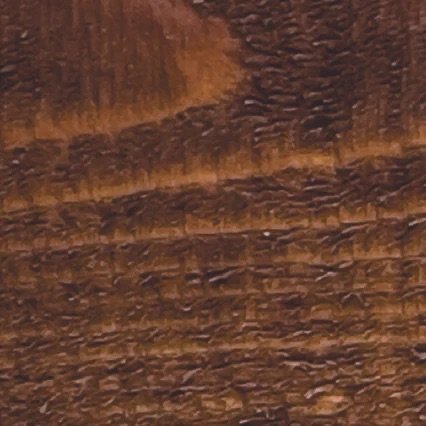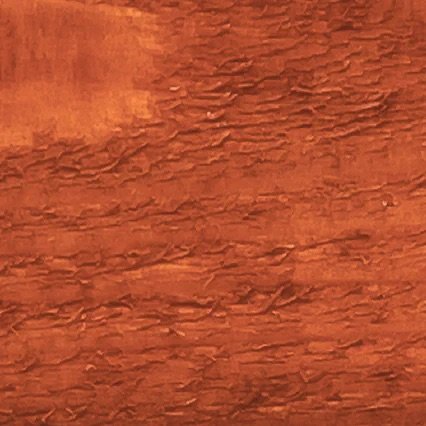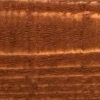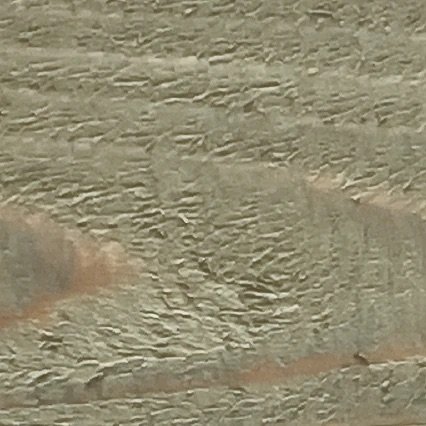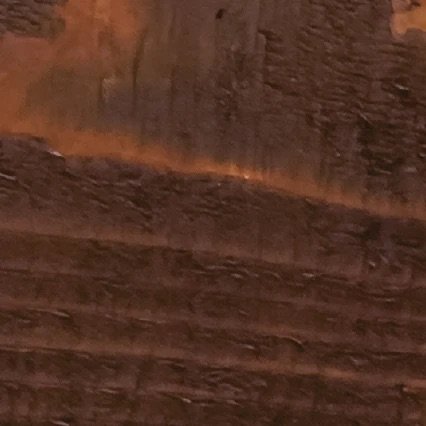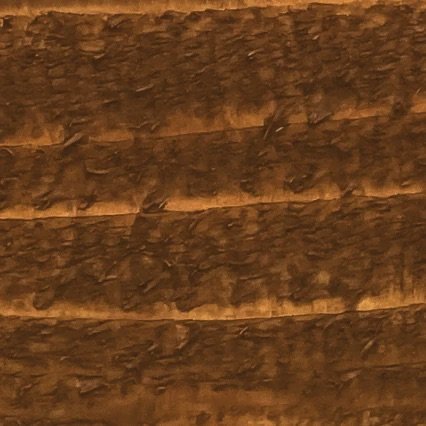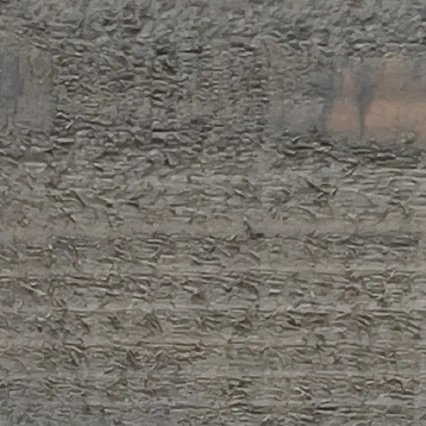Colors
Transparent
Cedar
Clear
Honey
Natural
Semi-Transparent
Chestnut
Mahogany
Pecan
Sequoia
Walnut
Semi-Solid
Auburn
Barnwood
Black
Cape Cod Grey
Chocolate
Eucalyptus
Palomino
Sable
Slate Grey
Dark Oak
Charcoal
Transparent stains allow the natural beauty and grain of the wood to show through while providing minimal UV protection. Best for newer wood.
Redwood
This stain offers a bit more color while still showing the wood grain. It balances wood protection with a more visible tone.
Semi-solid stains cover most of the wood grain, providing better UV protection and a bolder color.
Log & Timber
Alpine Seal
Bison Brown
Driftwood
Mountain Pine
Whitewash
Designed for large wood surfaces, this stain penetrates deeply, protecting against moisture and UV damage while highlighting the wood's natural character.
Sedona
Avoid
Painting a deck might seem like a quick fix, but it actually traps moisture in the wood, preventing it from regulating properly, which leads to rot. Over time, the paint peels and becomes unsightly, requiring constant maintenance. When repainting, people often apply a new coat over the old one, but this only delays the inevitable.
Latex Film-Forming Stains are another product to avoid. They can be toxic and uncomfortable to apply, and they often include paint thinners that evaporate, leaving less pigment and oil. This results in weaker protection and frequent reapplication.
-
Everything exposed to the sun will fade over time, but our stain is designed to weather evenly. This means you won’t see unsightly patches or streaks as the wood ages. When it’s time to reapply, it's a simple process—just add another coat. By boosting the wood with more pigment for UV protection and refilling its pores with oil, you’ll ensure long-lasting beauty and protection without the hassle of stripping or sanding.
-
The longevity of a stain depends on its color, sun exposure, and how the wood weathers over time. While the oil in the stain remains effective for up to five years, the pigment determines when reapplication is needed. Clear stains usually need a new coat every 9 months to a year, semi-transparent colors like pecan last 2-3 years, and darker colors such as walnut or black can last 5 or more years. Exposure to elements like sun and snow also affects how long the stain holds up.
-
Maintenance with our stain products typically follows a cycle of staining and washing. After the initial application, you can expect to reapply a new coat in about 2-3 years, depending on exposure and weathering. A chemical wash will be necessary before every other reapplication to clean the wood and ensure proper adhesion. This cycle alternates between staining and washing, keeping your wood protected and looking great for years to come.





